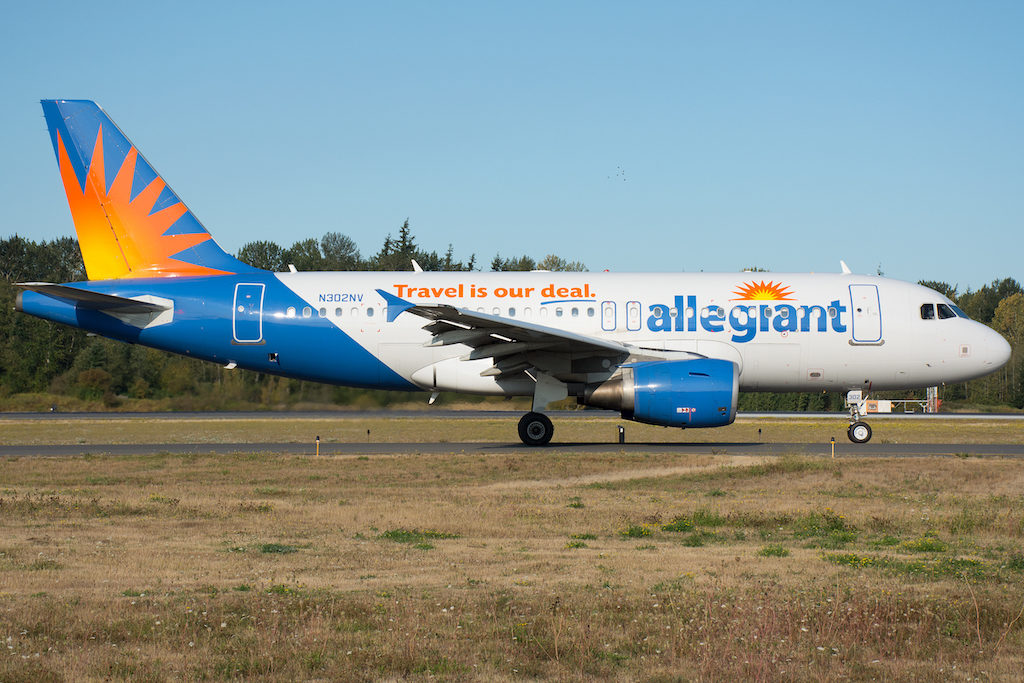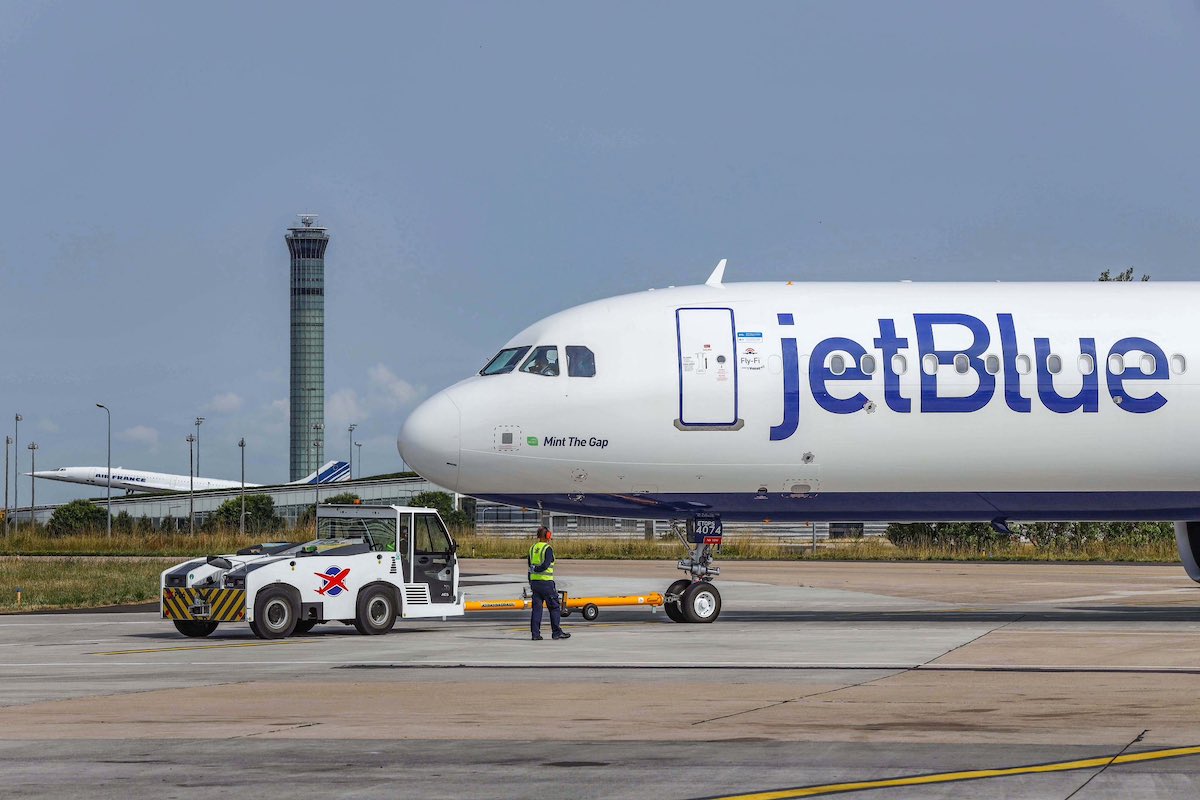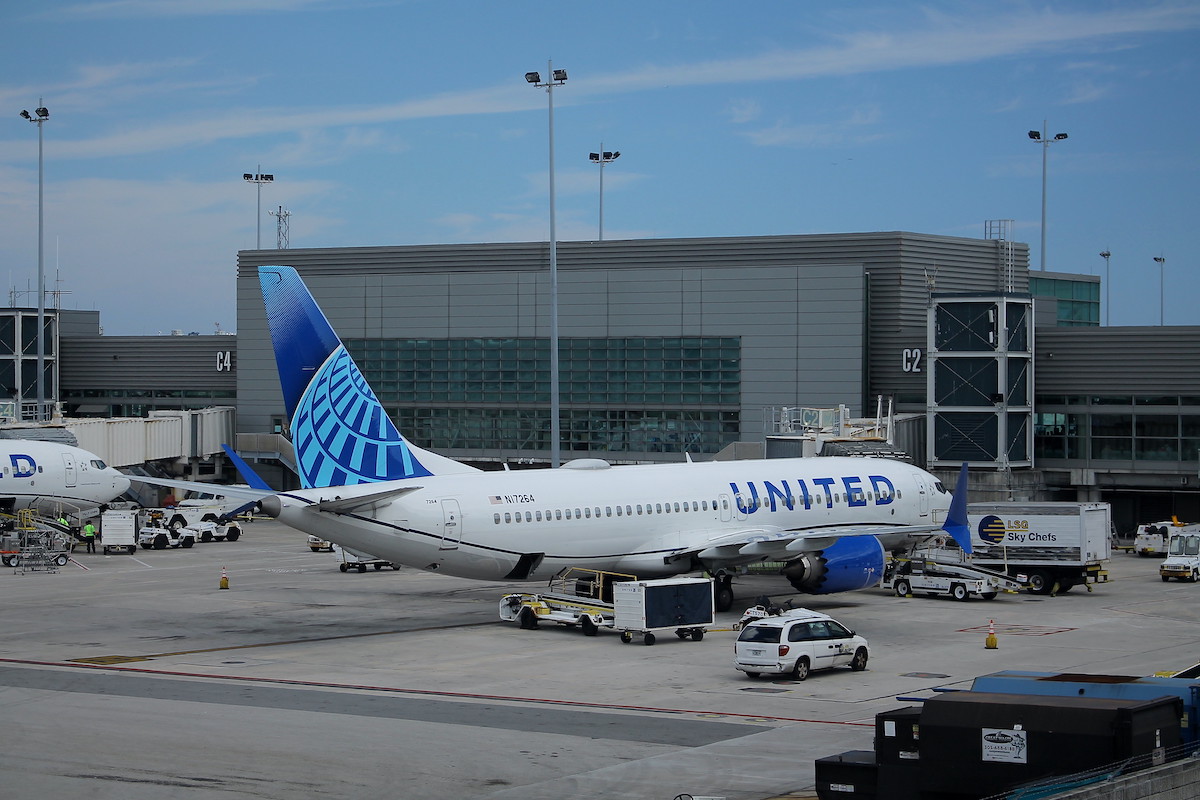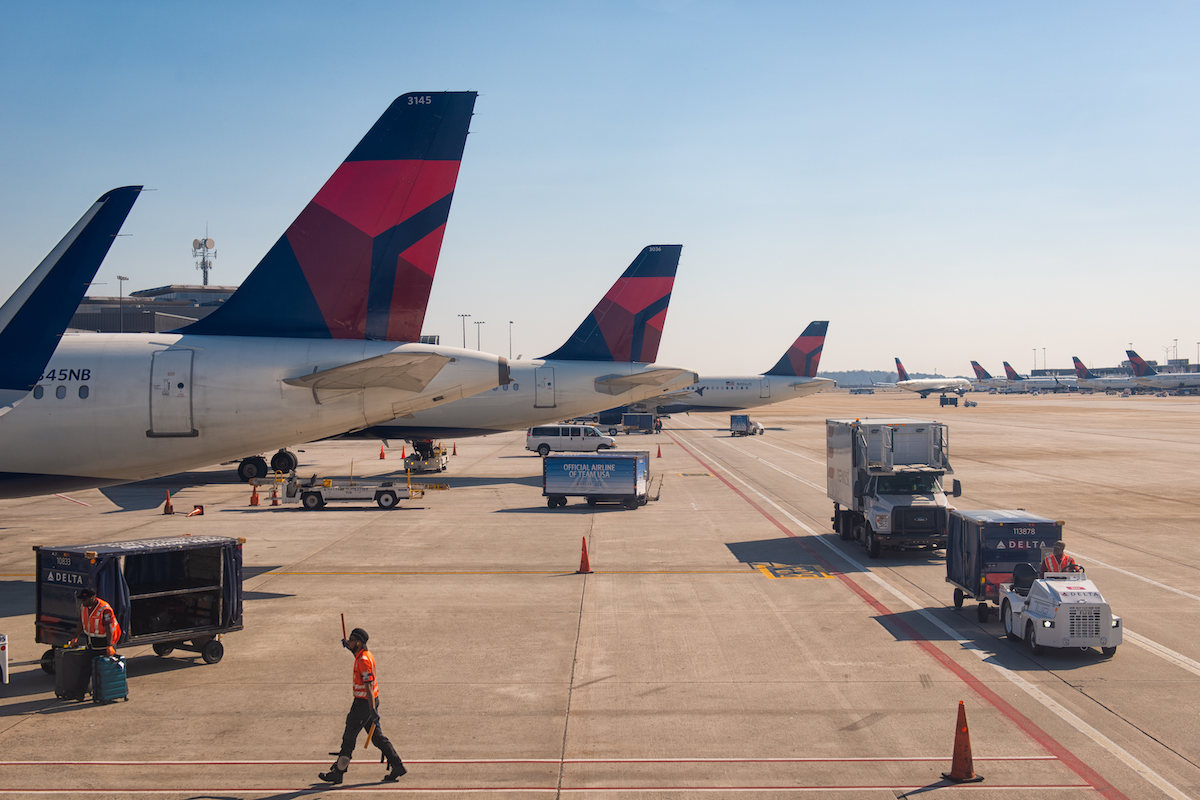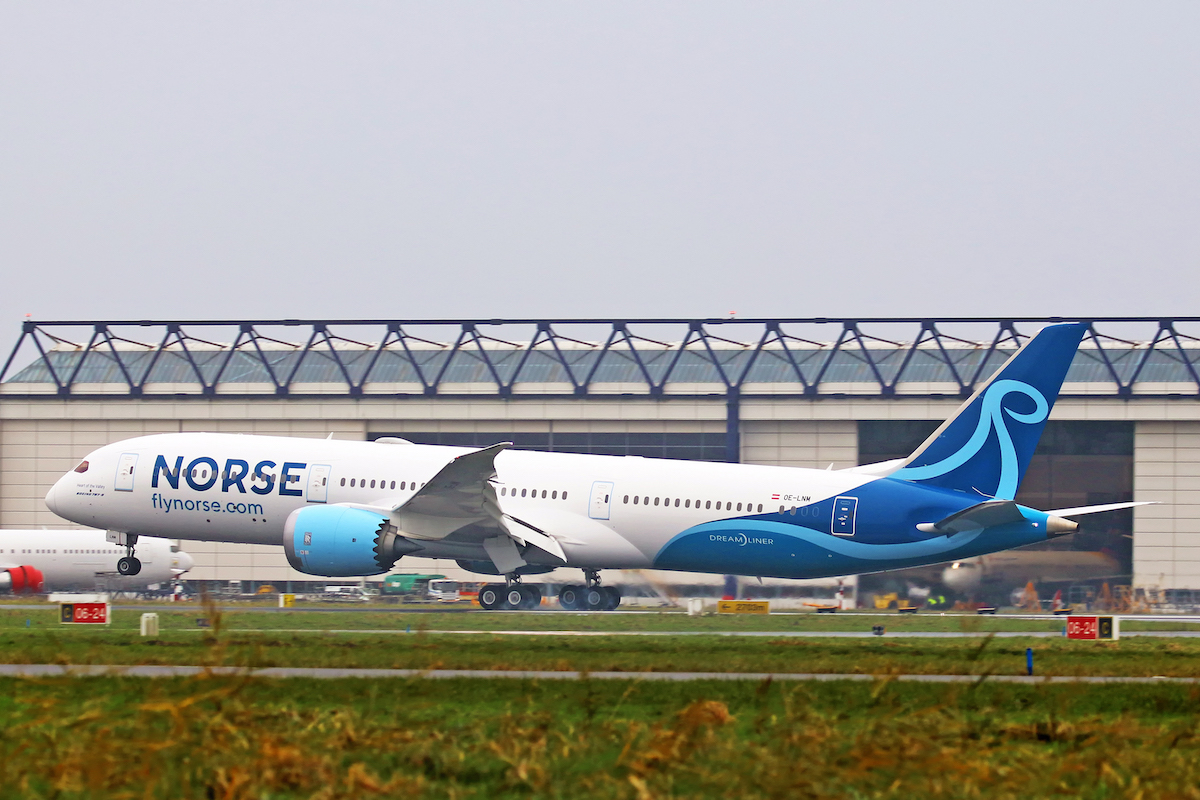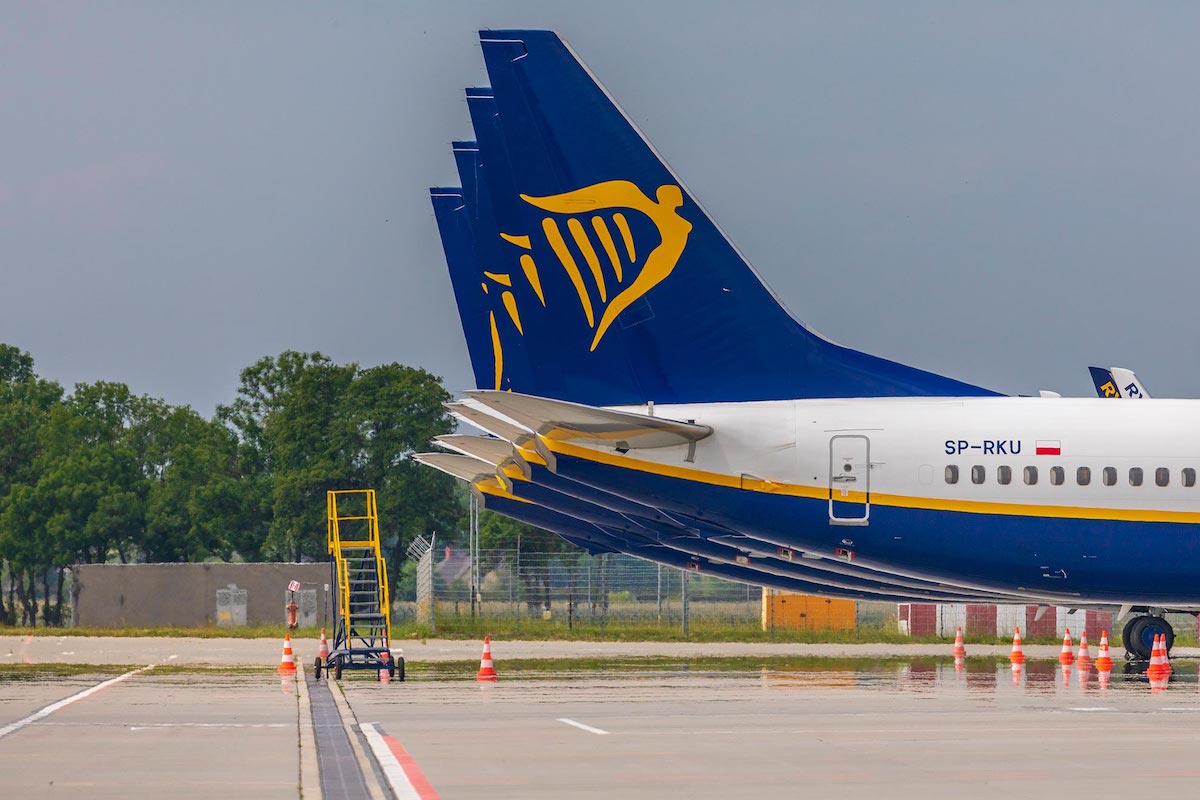Allegiant Air is leaning in to the leisure-first recovery in air travel with plans to be among the first U.S. carriers to grow beyond its pre-coronavirus pandemic schedule.
The Las Vegas-based low-cost carrier plans to grow capacity 0.5-5.5 percent in the first quarter compared to the same period in 2019, said CEO Maurice Gallagher Jr. during a fourth quarter earnings call on Wednesday. A move that Allegiant’s unique model flying peak days between southern leisure destinations and smaller cities — primarily in the Midwest — makes possible, he added.
“We believe it’s time to step on the gas,” Gallagher told investors. The capacity growth comes ahead of a dramatic 21-route expansion that will see the carrier add Portland, Ore., to its map in April, and Jackson Hole, Wyo., and Key West, Fla., in June.
With the first-quarter growth, Allegiant plans to recall its previously furloughed staff to active duty. The airline furloughed roughly 130 pilots after the CARES Act expired on September 30. These crews began receiving paychecks again with the payroll support extension in December but were not actively flying.
Things only continue to get better, at least in Allegiant’s view. The airline could increase capacity by roughly 20 percent in the second half of 2021 compared to two years earlier, said Vice President of Revenue and Planning Drew Wells during the call. However, he couched this by adding if travel demand permits.
The growth is at odds with the majority of the U.S. industry. Every major carrier, from American Airlines to JetBlue Airways and Southwest Airlines, plans to be smaller — some significantly — in 2021 than in 2019. On top of that, the consensus on first-quarter demand is that it will look a lot like the fourth quarter — depressed with possible green shoots by March.
Allegiant will fuel its expansion by taking advantage of the glut in used aircraft. The carrier plans a net 13-Airbus A320 expansion of its fleet for 108 aircraft by the end of 2021. This includes returning three jets to service from storage, adding five purchased before the crisis and six purchased after Covid-19 hit. It plans to retire one Airbus jet.
The carrier’s outlook comes after it booked losses in 2020 along with nearly every other airline. Allegiant reported a net loss of $184 million for the year. Revenues slid 46 percent to $990 million on a 14 percent decline in expenses to $1.27 billion. Passenger traffic fell 42 percent on a nearly 18 percent decline in capacity.
In the final quarter of 2020, the airline’s net loss was $28.8 million on a nearly 47 percent decline in revenues to $247 million.
Allegiant anticipates posting a profit in the first quarter and for all of 2021, executives said.
“Allegiant is the best-positioned U.S. airline in the near- to medium-term,” wrote Raymond James analyst Savanthi Syth in a report on Thursday. She cited its leisure-focused route network and flexible schedule, as well as its ability to acquire used aircraft cheaply for growth among its strengths.
There is one bet that Allegiant made pre-pandemic that is not paying off: Its Sunseeker Resort. Designed as a destination in-and-of-itself near the carrier’s Punta Gorda, Fla., base, construction halted last March during the early days of the crisis with no plans yet to resume. On Thursday, Allegiant President John Redmond said they will not “invest any more meaningful capital” in the project for the foreseeable future, and added that they are looking at the possibility of seeking new investors or new debt.
